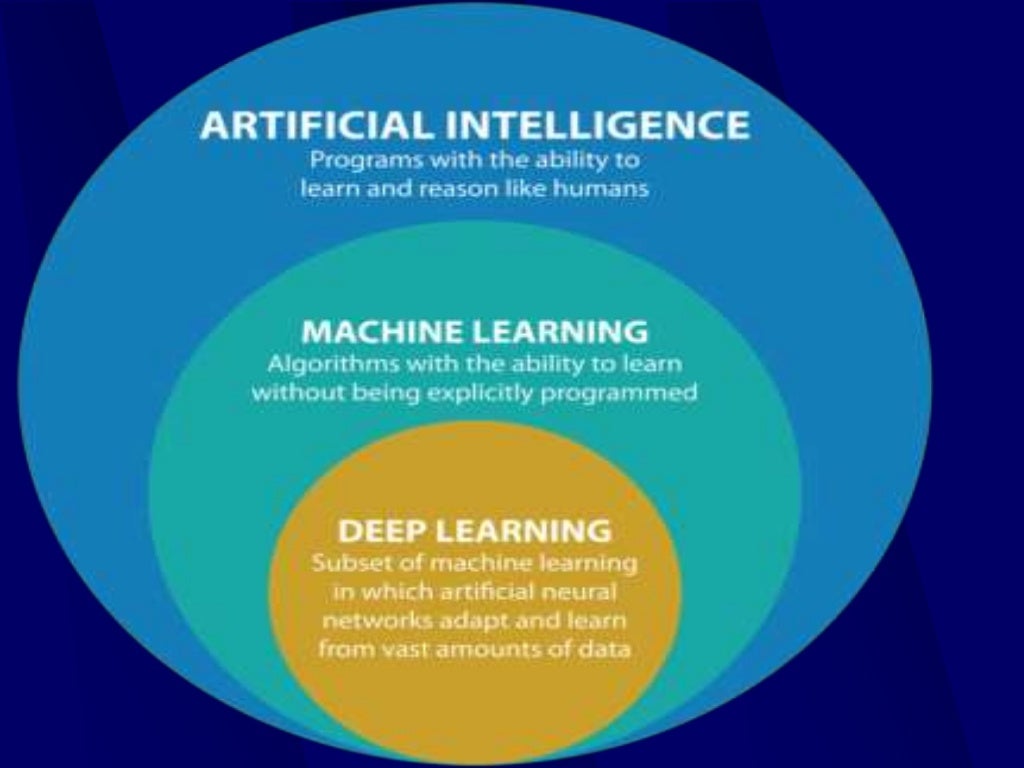Revolutionizing the Pharmaceutical Industry: The Role of AI in Drug Development and Discovery

The pharmaceutical industry has been witnessing a significant transformation in recent years, driven by the advent of artificial intelligence (AI) and its applications in drug development and discovery. AI has the potential to revolutionize the drug development process by increasing efficiency, reducing costs, and enhancing the accuracy of potential new treatments. In this article, we will explore the role of AI in drug development and discovery, its benefits, and the potential challenges and limitations that arise from its use.
What is AI and its Applications in Drug Development?
AI refers to the simulation of human intelligence in machines that are programmed to think like humans and learn from experience. In the context of drug development, AI can be applied to various stages, including discovery, preclinical testing, clinical trials, and post-marketing surveillance.
One of the primary applications of AI in drug development is in the field of virtual screening. Virtual screening involves using computer algorithms to filter through large libraries of chemical compounds to identify potential lead compounds that have the desired therapeutic properties. AI can help identify potential leads much faster and more accurately than traditional methods.
AI-Powered Tools for Drug Discovery
There are several AI-powered tools that are being developed to aid in drug discovery. These tools include:
- AI-powered molecular modeling software: This software uses machine learning algorithms to predict the molecular properties and behavior of potential drug candidates.
- Deep learning algorithms: These algorithms can analyze large datasets of molecular structures and biological activity to identify potential lead compounds.
- Natural language processing (NLP) tools: These tools can analyze large amounts of unstructured data, such as scientific literature and patient records, to identify potential correlations and trends that may be relevant to drug development.
- Computer-aided design (CAD) software: This software uses AI to design new molecular structures and predict their potential efficacy and safety.
Benefits of AI in Drug Development
The use of AI in drug development offers numerous benefits, including:
- Increased efficiency: AI can analyze large amounts of data much faster and more accurately than humans, reducing the time and cost of the drug development process.
- Improved accuracy: AI can identify potential lead compounds more accurately than traditional methods, reducing the risk of false positives and false negatives.
- Enhanced collaboration: AI can facilitate collaboration among researchers, clinicians, and regulators by providing a common platform for data sharing and analysis.
- Personalized medicine: AI can help develop personalized treatments by analyzing individual patient data and identifying potential biomarkers for specific diseases.
- Reduced costs: AI can help reduce the costs associated with drug development by identifying potential lead compounds more efficiently and reducing the need for costly animal testing.

Challenges and Limitations of AI in Drug Development
While AI has the potential to revolutionize the drug development process, there are several challenges and limitations that arise from its use. These include:
- Data quality and availability: AI requires large amounts of high-quality data to be effective, but this data is often scarce or difficult to obtain.
- Regulatory frameworks: There is a lack of regulatory frameworks to govern the use of AI in drug development, which can lead to uncertainty and confusion.
- Training and validation: AI models require extensive training and validation to ensure their accuracy and reliability.
- Interpretability and explainability: AI models can be difficult to interpret and explain, which can make it challenging to identify potential biases or errors.
- Cybersecurity risks: AI systems can be vulnerable to cybersecurity risks, which can compromise sensitive data and undermine the entire drug development process.
Case Studies: AI in Action
There are several examples of AI in action in the pharmaceutical industry, including:
- GlaxoSmithKline’s AI-powered molecule design: GlaxoSmithKline has developed an AI-powered molecule design platform that uses machine learning algorithms to design new molecular structures and predict their potential efficacy and safety.
- Merck’s AI-powered analysis of patient data: Merck has developed an AI-powered analysis platform that uses machine learning algorithms to analyze large amounts of patient data and identify potential correlations and trends that may be relevant to drug development.
- Johnson & Johnson’s AI-powered virtual screening: Johnson & Johnson has developed an AI-powered virtual screening platform that uses machine learning algorithms to filter through large libraries of chemical compounds and identify potential lead compounds.
Conclusion
The use of AI in drug development and discovery has the potential to revolutionize the pharmaceutical industry by increasing efficiency, reducing costs, and enhancing the accuracy of potential new treatments. While there are challenges and limitations that arise from its use, the benefits of AI in drug development are undeniable. As the industry continues to evolve, it is essential that researchers, clinicians, and regulators work together to develop regulatory frameworks, generate high-quality data, and ensure the accuracy and reliability of AI models.
Call to Action
If you are interested in learning more about the role of AI in drug development and discovery, we encourage you to share this article with your colleagues and network. Together, we can continue to drive innovation and improvement in the pharmaceutical industry and accelerate the development of life-saving treatments.
Share this article with:
- Researchers and scientists in the pharmaceutical industry
- Clinicians and healthcare professionals
- Regulators and policymakers
- Patients and advocates for rare diseases
- Anyone interested in the future of medicine and healthcare
Let’s work together to revolutionize the pharmaceutical industry and bring new hope to patients around the world.


